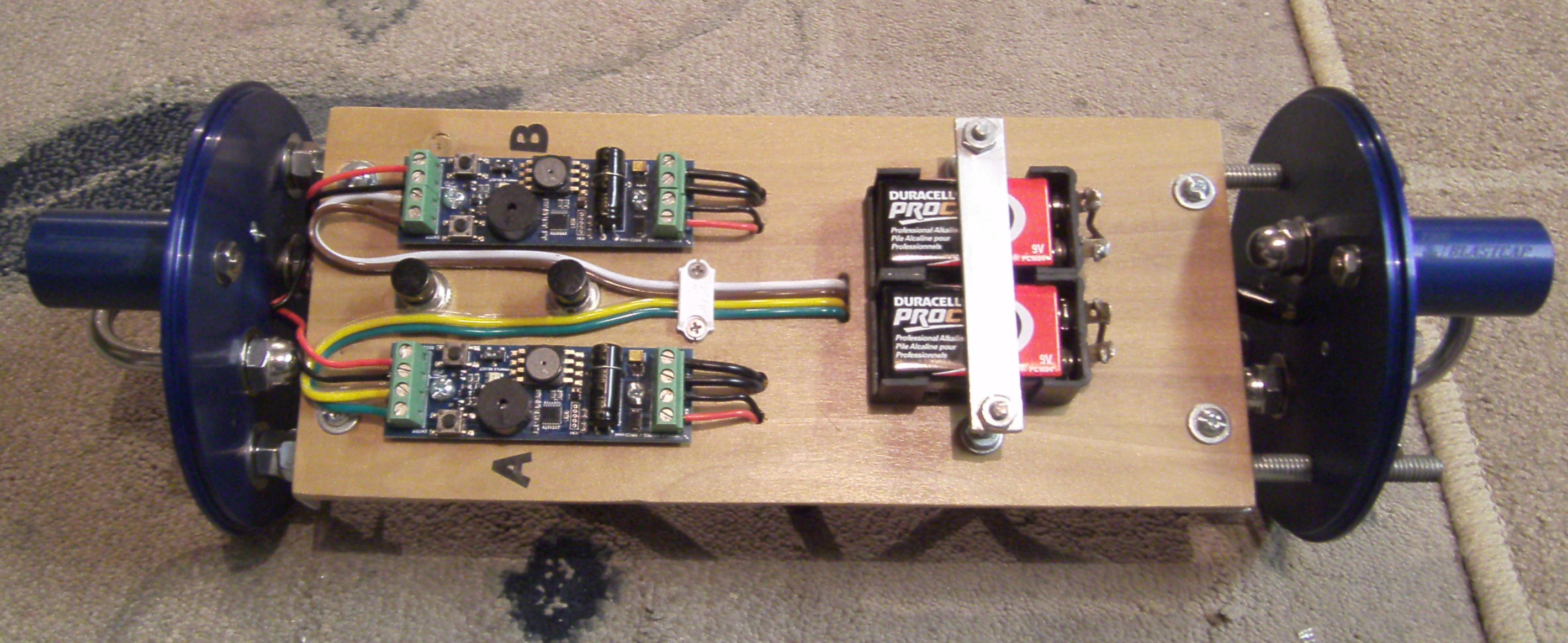- Joined
- Nov 29, 2018
- Messages
- 1,565
- Reaction score
- 1,884
Looking for a pair of rotary or screw switches for my next project. My last build used the 6-32 PCB switch that missileworks sells. I have it mounted to the sled and access it through one of the static ports in the switch band of the AV bay. Works well.
The next build will use an RRC2+ and RRC3 and for full redundancy I would like to use two switches. I could use the same system as my last build, but getting the two stitches to line up correctly will be challenging. I like the idea of surface mounted switches, but I have read poor reviews on the rotary switches sold by doghouse. The ones that missileworks sells look to be the same.
So what say you? What sort of switch is your favorite?
And no, I'm not a twist and tape guy.
The next build will use an RRC2+ and RRC3 and for full redundancy I would like to use two switches. I could use the same system as my last build, but getting the two stitches to line up correctly will be challenging. I like the idea of surface mounted switches, but I have read poor reviews on the rotary switches sold by doghouse. The ones that missileworks sells look to be the same.
So what say you? What sort of switch is your favorite?
And no, I'm not a twist and tape guy.






